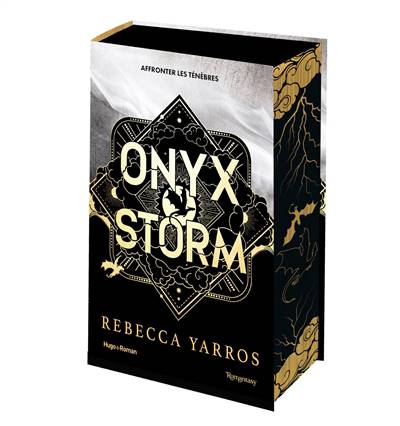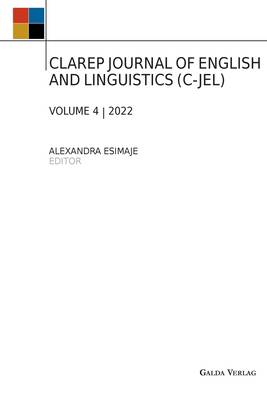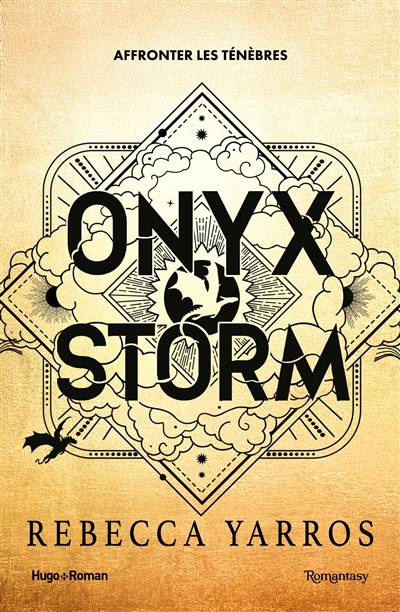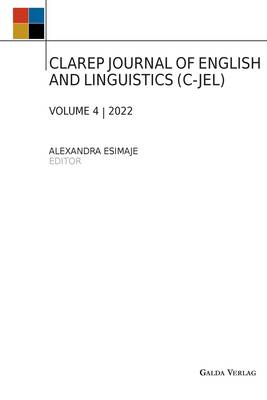
- Retrait gratuit dans votre magasin Club
- 7.000.000 titres dans notre catalogue
- Payer en toute sécurité
- Toujours un magasin près de chez vous
- Retrait gratuit dans votre magasin Club
- 7.000.0000 titres dans notre catalogue
- Payer en toute sécurité
- Toujours un magasin près de chez vous
48,45 €
+ 96 points
Description
THE BOOK The Me, Moni and the Wodani linguistic groups are located at the far western end of West New Guinea's central mountains. This is the first book in a series that covers the major highlands groups in West New Guinea (WNG), from the Paniai Lakes to the border with Papua New Guinea. The next book will combine the Lani and the Dani while the last volume covers the Yali, the Mek and the Ok. During his 20 years of residence in WNG, the author had the opportunity to visit the Me and the Moni on several occasions and he also made a single trip to the isolated Wodani group. While visiting these ethno-linguistic clusters, he took many photographs, as well as obtaining information on ethnography and history. This complemented his exhaustive reading on books written on the Me and the Moni, as well as ethnographic material on the Wodani by a single French author who had spent two years with them. Some of the cultural background material on the Me and the Moni was written by Papuans belonging to those groups. The rest comes from Dutch and other foreign authors. The highlands groups show many similarities as well as differences with each other. By living in a similar environment, they share a lifestyle based on sweet potato cultivation and raising pigs. These animals are usually only killed for ritual reasons. Pigs also are still integral parts of the bridewealth negotiations, even as the cash has recently begun to play an important part. Our illustrated books on the highlands concentrate on the history of each group and information about their cultures. Any unusual features are underlined, such as the role of the Paniai Lakes play in the life of the Me and important the role of the natural saline springs and pools for the making of the best quality salt in the mountains. This salt was a crucial element in the trade that began long before the arrival of foreigners and reached from the Baliem Valley to the Paniai Lakes. THE SERIES The aim is to provide a conduit
Spécifications
Parties prenantes
- Auteur(s) :
- Editeur:
Contenu
- Nombre de pages :
- 280
- Langue:
- Anglais
- Collection :
Caractéristiques
- EAN:
- 9783962032470
- Date de parution :
- 10-02-23
- Format:
- Livre broché
- Format numérique:
- Trade paperback (VS)
- Dimensions :
- 156 mm x 234 mm
- Poids :
- 394 g

Les avis
Nous publions uniquement les avis qui respectent les conditions requises. Consultez nos conditions pour les avis.






